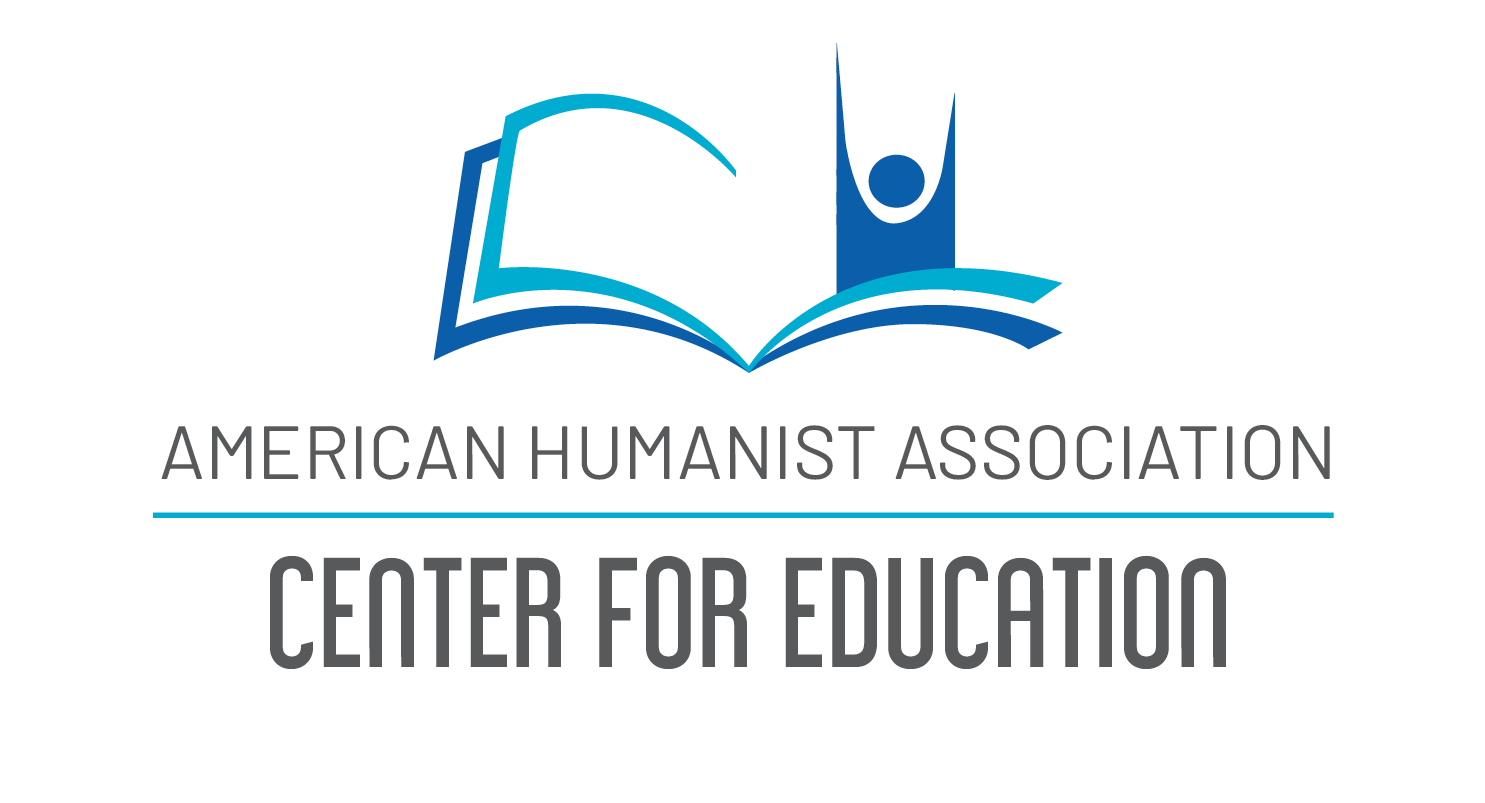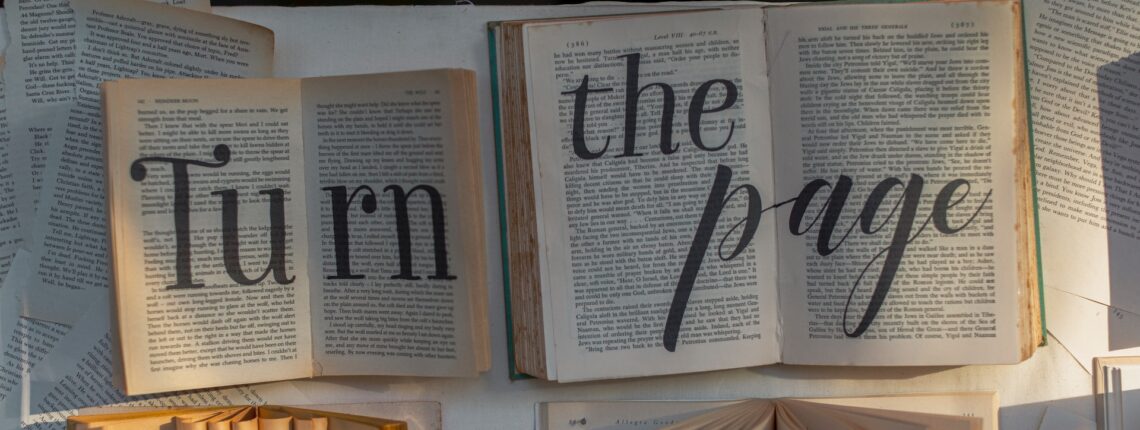A ceremony is a significant part of a long story. How you create your ceremony is the story unfolding, and long after the event, its memory may become a story retold many times, from many voices. Below is a passage from Ceremony by Leslie Marmon Silko, about the importance of storytelling in community.
Ceremony I will tell you something about stories, [he said] They aren’t just entertainment. Don’t be fooled. They are all we have, you see, all we have to fight off illness and death. You don’t have anything if you don’t have stories. Their evil is mighty but it can’t stand up to our stories. So they try to destroy the stories let the stories be confused or forgotten. They would like that They would be happy Because we would be defenseless then. He rubbed his belly. I keep them here [he said] Here, put your hand on it See, it is moving. There is life here for the people. And in the belly of this story the rituals and the ceremony are still growing. What She Said: The only cure I know is a good ceremony, That's what she said.

Thirty years since its original publication, Ceremony remains one of the most profound and moving works of Native American literature, a novel that is itself a ceremony of healing. Tayo, a World War II veteran of mixed ancestry, returns to the Laguna Pueblo Reservation. He is deeply scarred by his experience as a prisoner of the Japanese and further wounded by the rejection he encounters from his people. Only by immersing himself in the Indian past can he begin to regain the peace that was taken from him. Masterfully written, filled with the somber majesty of Pueblo myth, Ceremony is a work of enduring power.
Penguin Classics

